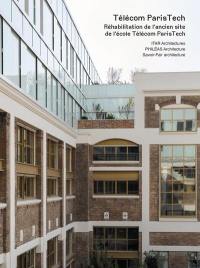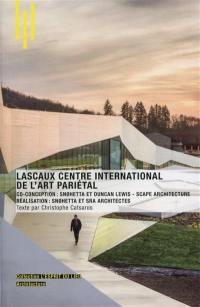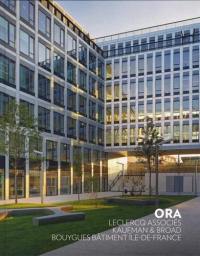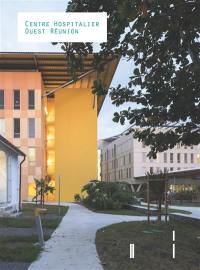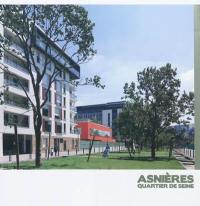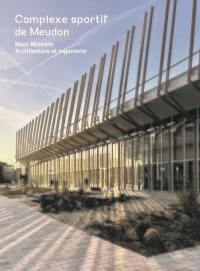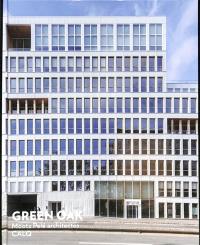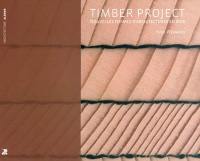
Fiche technique
Format : Broché
Nb de pages : 126 pages
Poids : 185 g
Dimensions : 13cm X 18cm
ISBN : 978-2-88915-583-5
EAN : 9782889155835
Les cahiers de l'Ibois. Vol. 4. Ibois notebooks. Vol. 4
Quatrième de couverture
Le bois est-il nécessairement synonyme de durabilité ? L'existence d'un néologisme spécifique pour l'écoblanchiment à base de bois suffit à réfuter cette affirmation. Les magazines d'architecture regorgent d'exemples de woodwashing, allant de la promotion rhétorique du bois aux recours cosmétiques et aux usages non durables basés sur une exploitation irresponsable des ressources.
Le débat organisé à l'EPFL en décembre 2022 dans le cadre des Superonda Talks a ouvert la voie à un examen critique des critères qui font du bois un matériau durable. Réutilisabilité, modularité et gestion holistique du cycle de la production à la construction sont autant de paramètres essentiels à prendre en compte pour qualifier une approche constructive de durable. L'échange entre Sarah Nichols, Yves Weinand, Stéphane Berthier et Mario Rinke a également permis de rappeler à quel point le bois, comme le béton au XXe siècle, est aujourd'hui pris dans un carcan économique, médiatique et culturel étroit qui conditionne notre perception.
Ce 4e numéro clôt un premier cycle éditorial visant à établir, au sein d'Ibois, un organe de réflexion critique sur la construction en bois au croisement de l'architecture, de l'ingénierie et des sciences humaines.
Is wood necessarily synonymous with sustainability ? The existence of a specific neologism for wood-based greenwashing is enough to refute this assertion. Architectural magazines arc full of examples of woodwashing, ranging from the rhetorical promotion of wood to cosmetic recourses and unsustainable uses based on irresponsible exploitation of resources.
The debate organized at EPFL in December 2022 as part of the Superonda Talks paved the way for a critical examination of the criteria that qualify wood as a sustainable material. Reconvertibility, modularity and holistic management of the cycle from production to construction are just some of the essential parameters that must be taken into account to qualify a constructive approach as sustainable. The exchange between Sarah Nichols, Yves Weinand, Stéphane Berthier and Mario Rinke also served as a reminder of the extent to which wood, like concrete in the 20th century, is today caught up in a narrow economic, media and cultural straitjacket that shapes our perception of it.
This 4th issue brings to a close a first editorial cycle aimed at establishing, within Ibois, a body for critical reflection on wood construction at the crossroads of architecture, engineering and the humanities.






